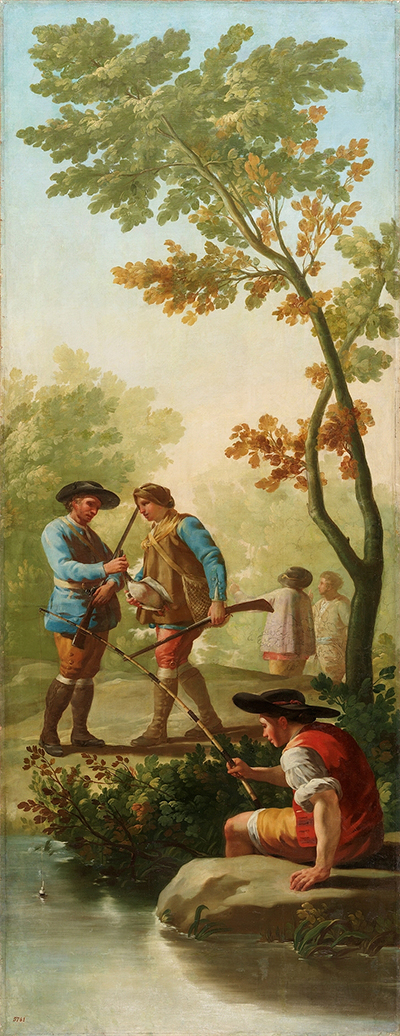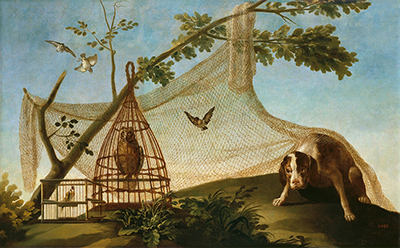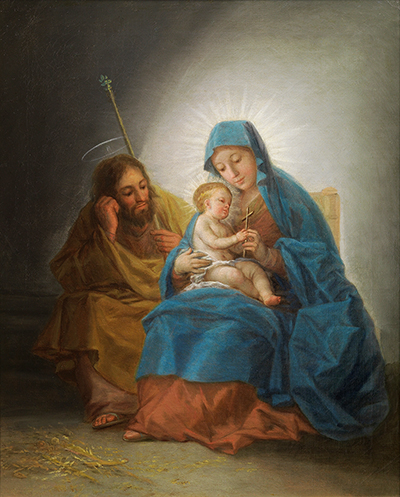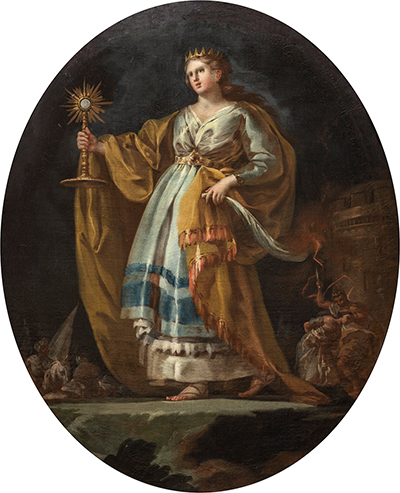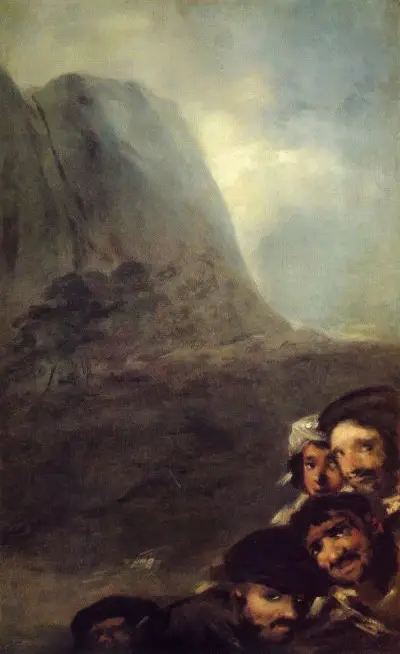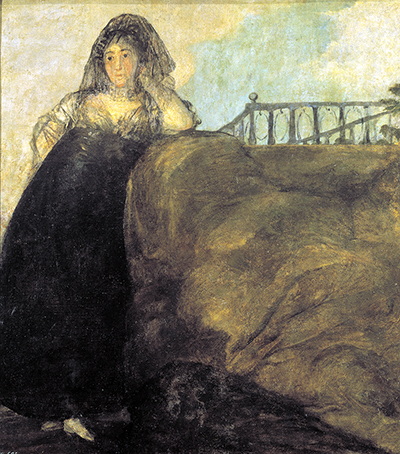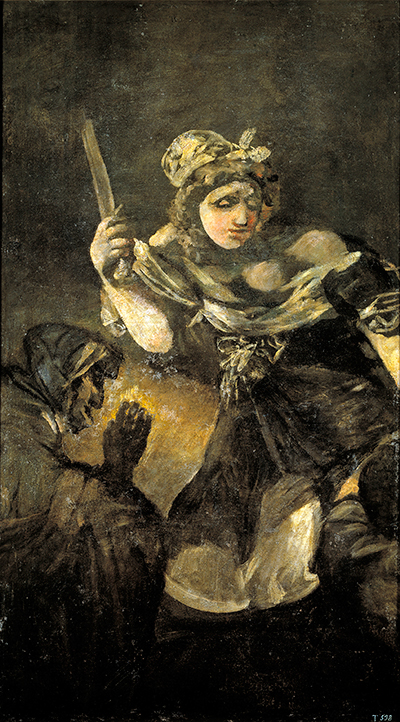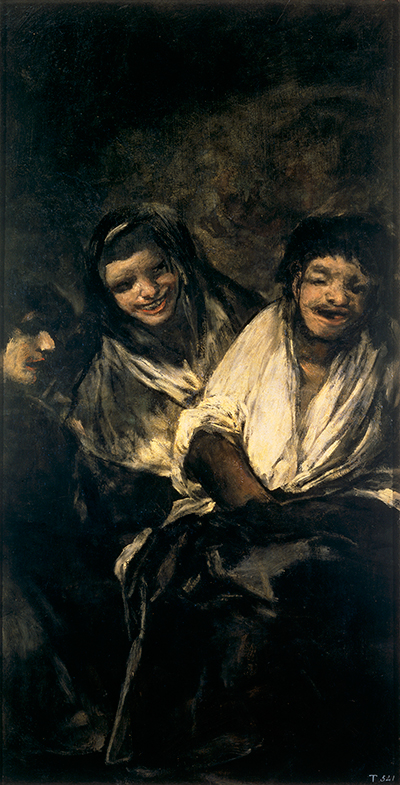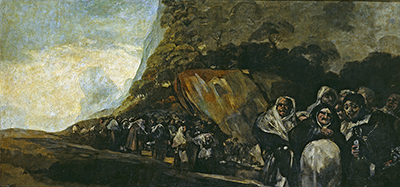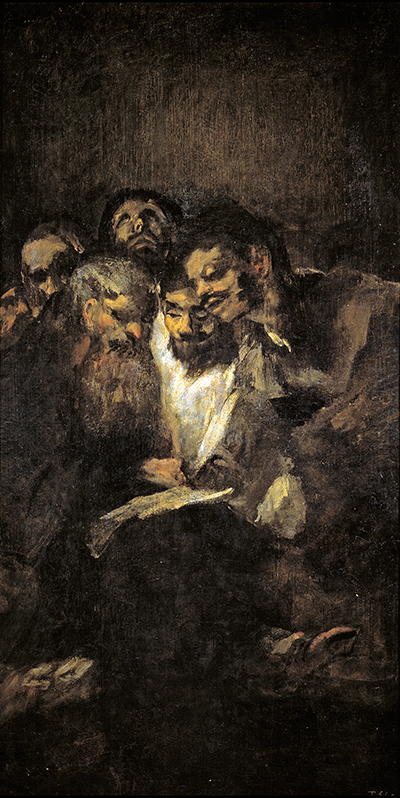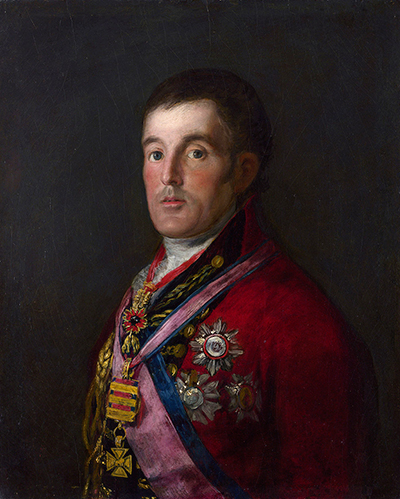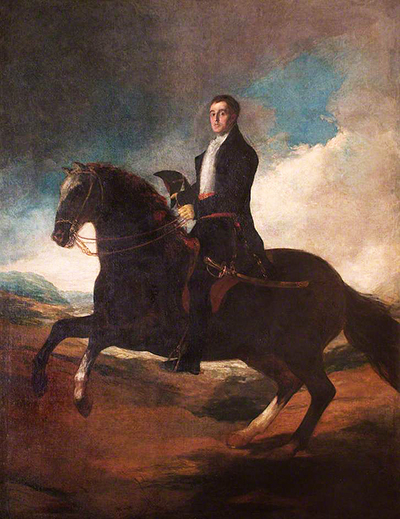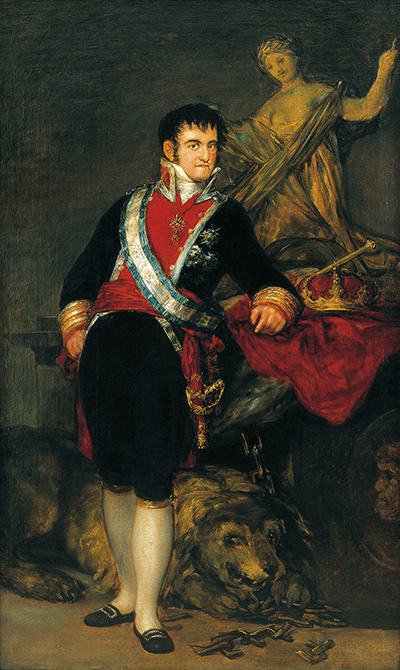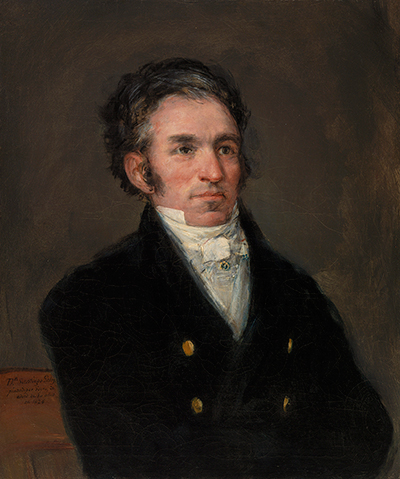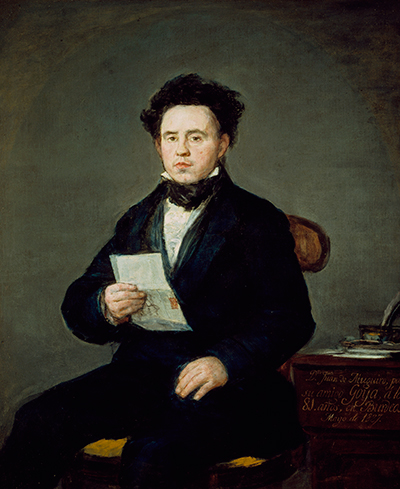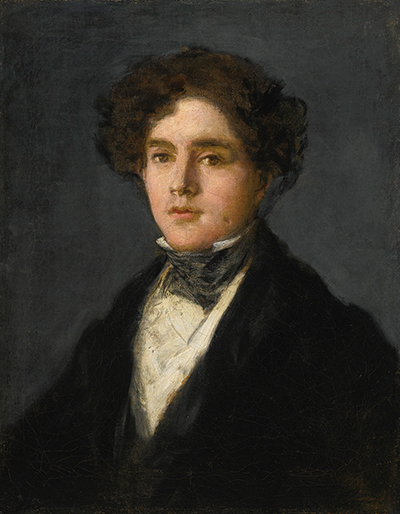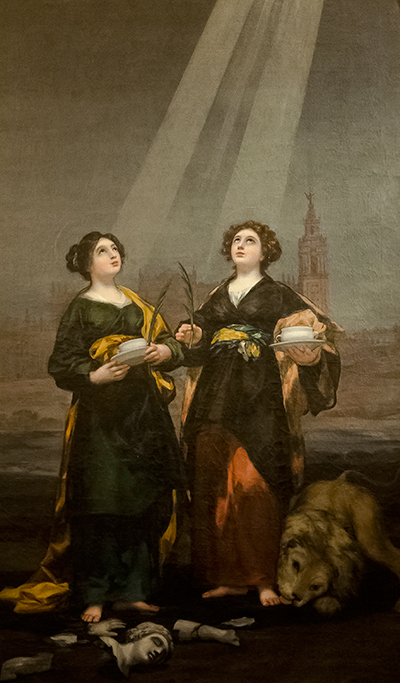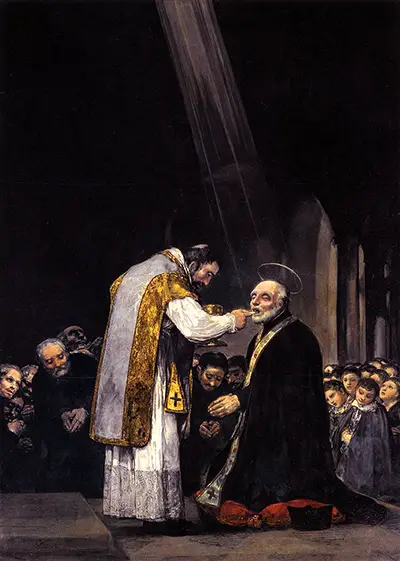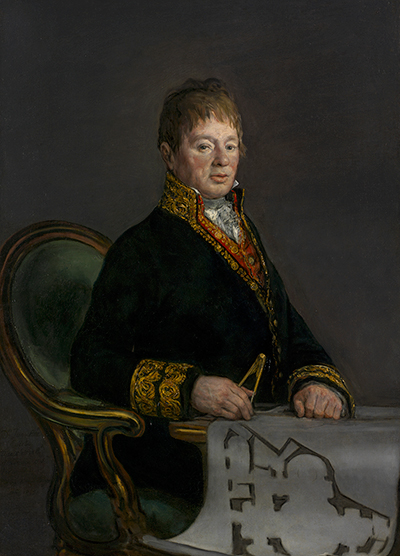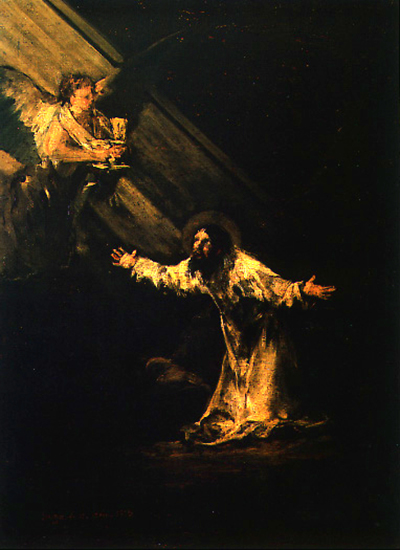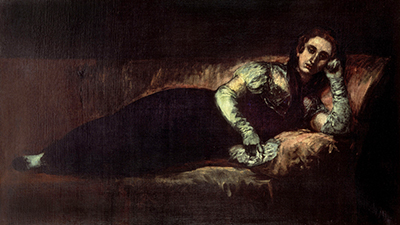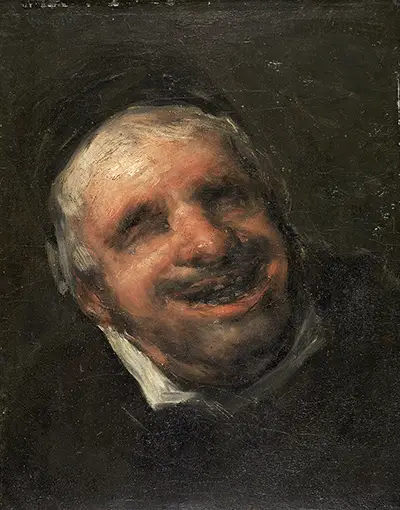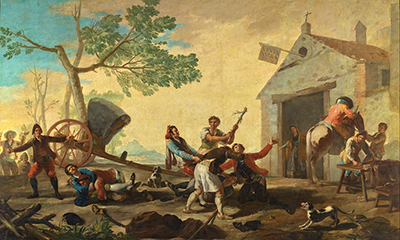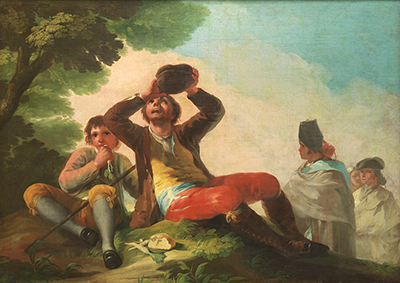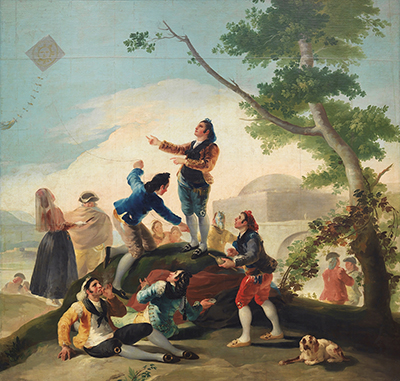Francisco de Goya is known both as one of the last Old Masters and one of the first modern painters, underlining both his technical brilliance as well as his artistic innovations.
As an Old Master this means he painted the bulk of his work prior to 1800, though he continued to create for the majority of his life until he died in 1828 (by which time he was 82 years old). Since he straddled two very different eras, viewing his work can be an interesting example of a shift in perspective and method during a time when the world was changing fast.
Throughout Goya's life, he showed an interest in current events and politics, including the wars fought during his life. These especially seemed to have a strong impact on his life and his understanding of the world, which in turn makes his art seem bleaker and more morose as his life went on.
Goya is known for his use of dark shades, subtle tones, and complex scenes full of intense emotion (especially in his later periods). As Goya suffered with what may have been paranoid dementia in his later years, he began to paint even darker images, and some say this is part of his appeal; he turned the pain he suffered with into something that could help heal others through beauty and catharsis.
There were a few major events that defined Goya's painting style. Toward the beginning of his career, Goya was commissioned to paint the portrait of the Count of Floridablanca. This began a trend of portraits within the Spanish court thanks to Goya's friendship with the Crown Prince Don Luis, and culmulated in Goya becoming the official painter for Charles III and subsequently Charles IV.
One notable aspect of his time as a court painter is that he did not tend to use 'diplomatic' visualisations; instead he painted the subjects as they truly were, or near enough, without editing them to make them more aesthetically appealing as many painters of his ilk would do.
During this time, Goya painted the first known portrait of a woman completely naked without any allegorical or literary content. The painting, La Maja Desnuda, marked the beginning of his 'mid-period' where his style and subject changed. La Maja Desnuda was never displayed publically in Goya's lifetime as it was considered too explicit in its content with little artistic merit to back up the theme.
Born in 1746, Francisco José de Goya y Lucientes (or Francisco de Goya) was a Romantic painter who is now considered to be one of the most important Spanish painters of the time. Though he was not born to an affluent family, Goya showed talent for art at an early age and traveled to Italy to learn his trade. By the late 1770s he was already winning contests for his art and beginning to make a name for himself. In the mid-period of his career Goya fell ill with something that left him completely deaf. Though he continued in his career without hesitation, his art began to creep toward the darker style that marked his later years. One piece that is well-known from this period is The Sleep of Reason Produces Monsters, an etching that shows a person crouched over with many beasts attacking him. Though it is not clear what caused the deafness, it is clear the illness that surrounded the time caused intense suffering for Goya and affected him for the rest of his life.
It is suggested that Goya did not agree with the Peninsular War that broke out around this time; many of his paintings from this later period depicted bloody battle scenes that were so politicised that they were not displayed for decades until the impact was safer. By the last period of his life, Goya had become somewhat of a recluse. Though he was very well-regarded and his work was admired, he did not appreciate the spotlight and was partially consumed by his own anxiety and fear of old age. It was at this time that Goya completed his last paintings, a set of 14 called the Black Paintings which were put directly onto the walls of his house rather than a canvas. This included the most infamous Black Painting, known as Saturn Devouring His Son, which is a stark and disturbing image typical of this time period. Goya's art is varied and fascinating, and it is clear that he was a deeply emotional man who expressed his fear and appreciation for life through painting.



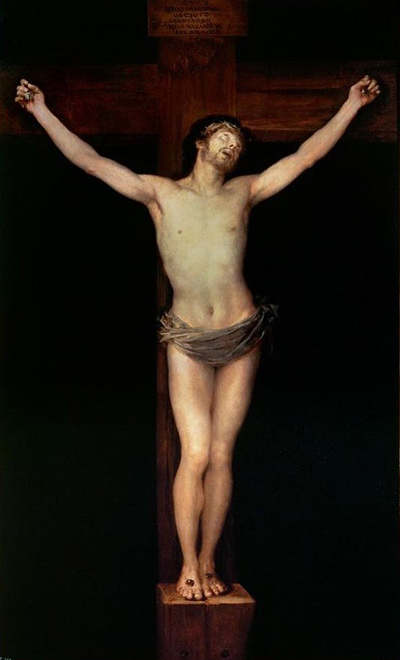
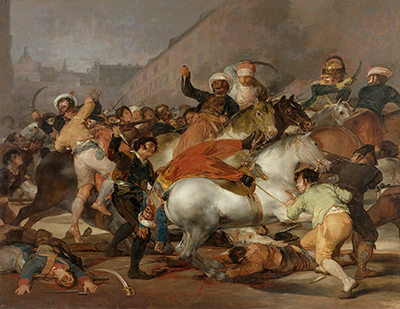
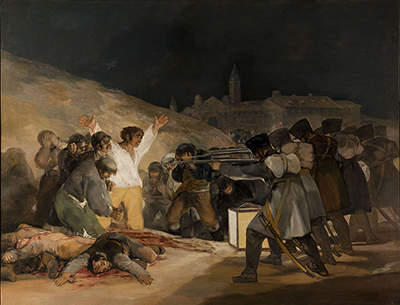
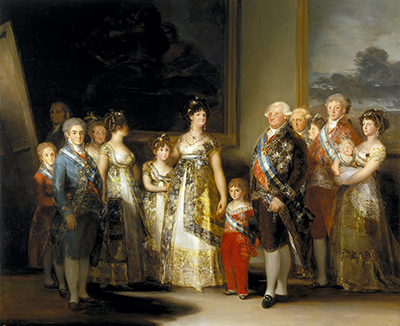
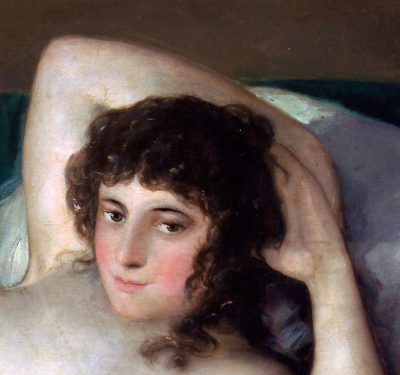
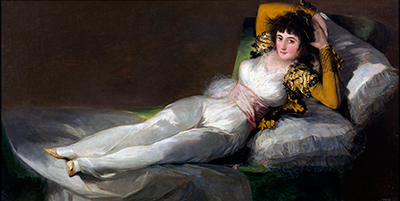
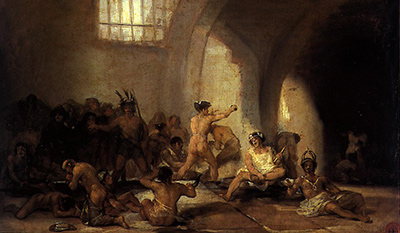
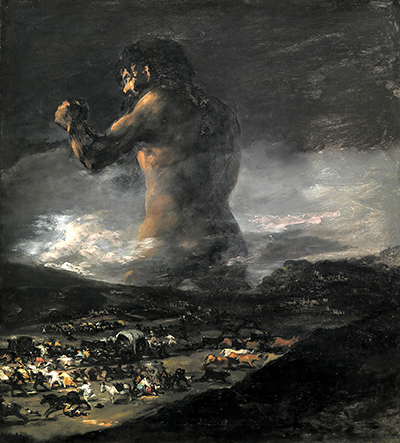
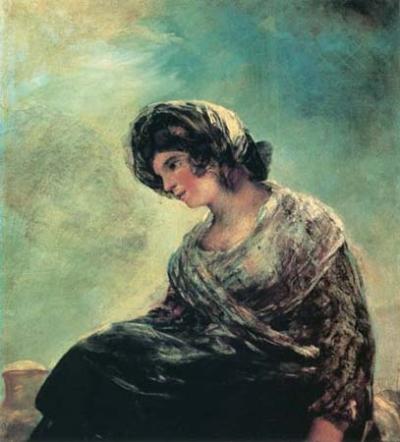
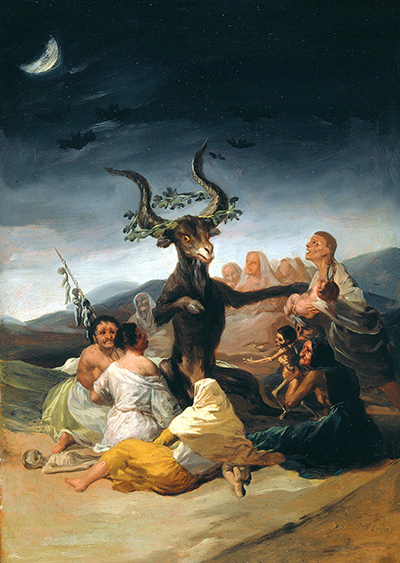
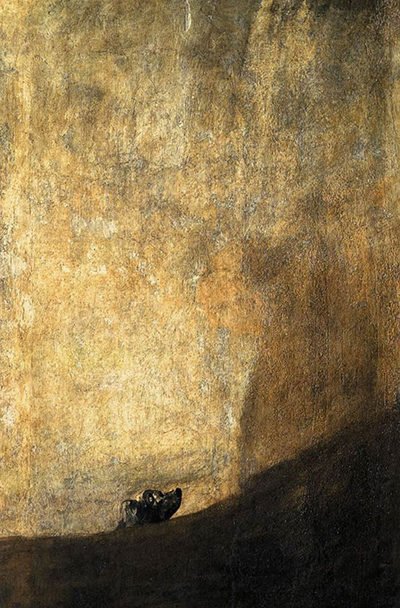
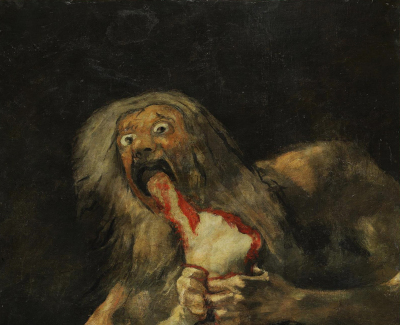
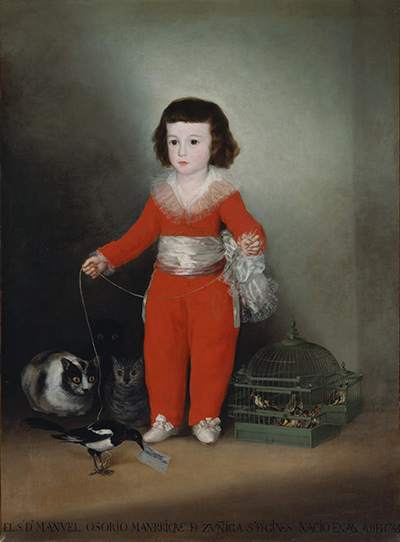
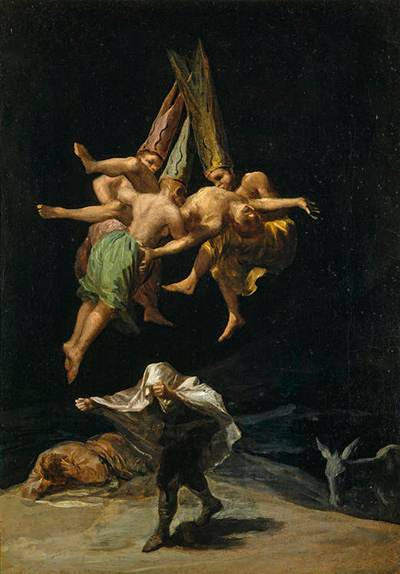
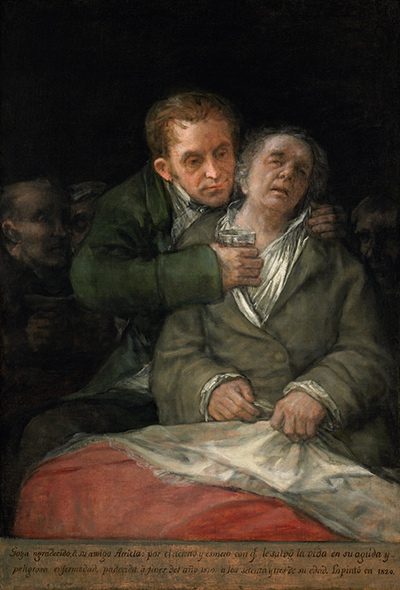
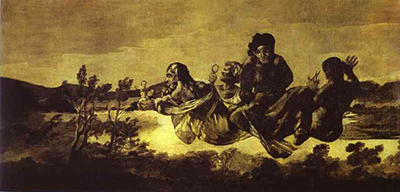
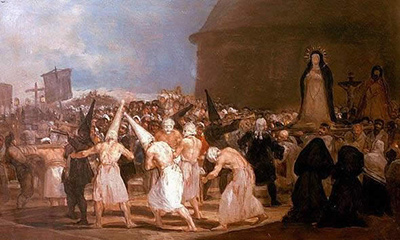
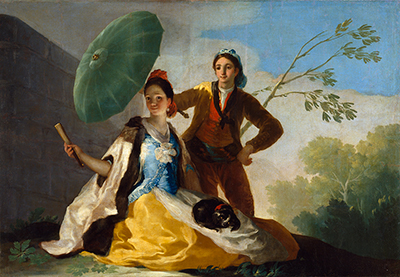
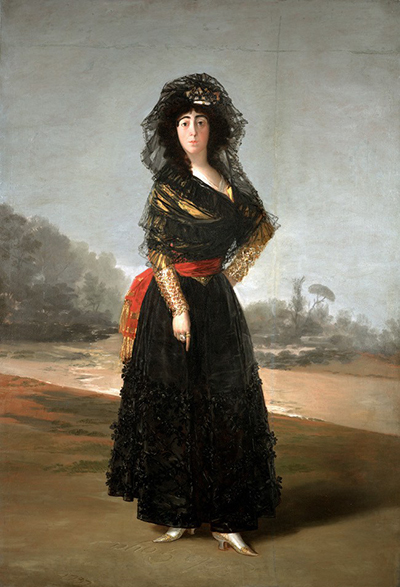
 Francisco de Goya.jpg)
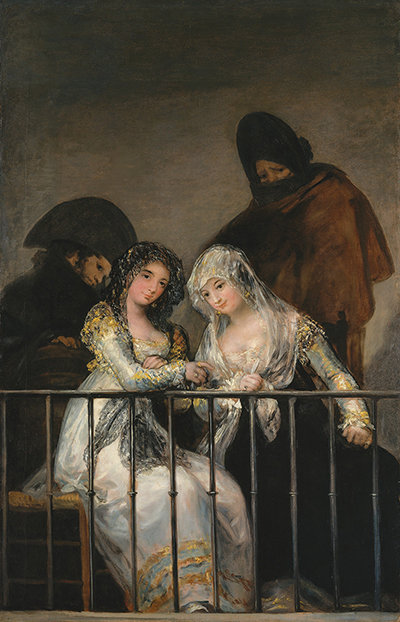
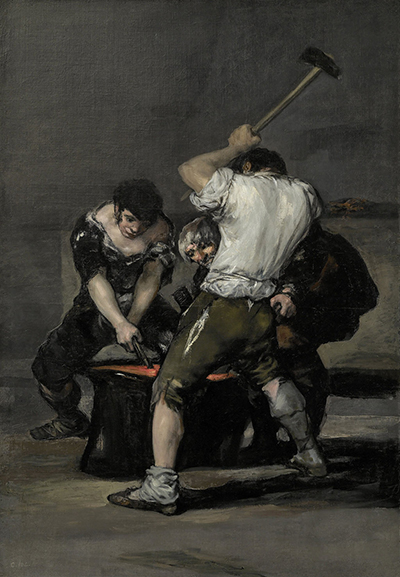
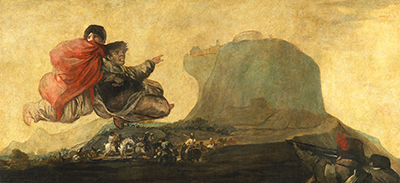
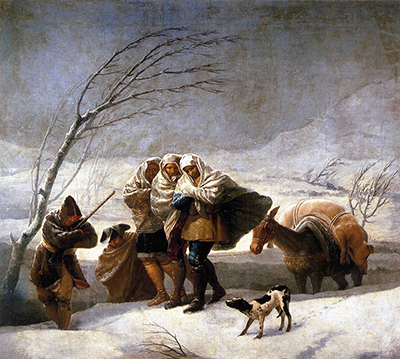
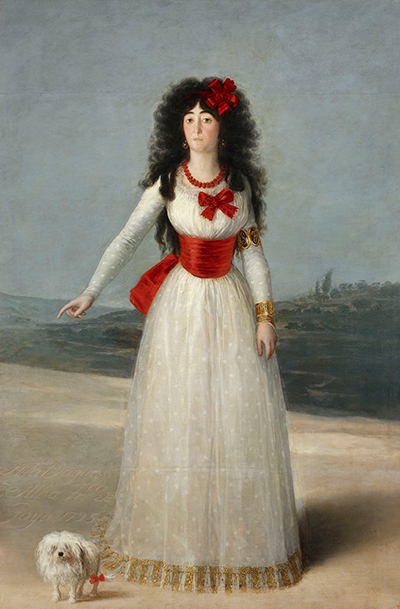
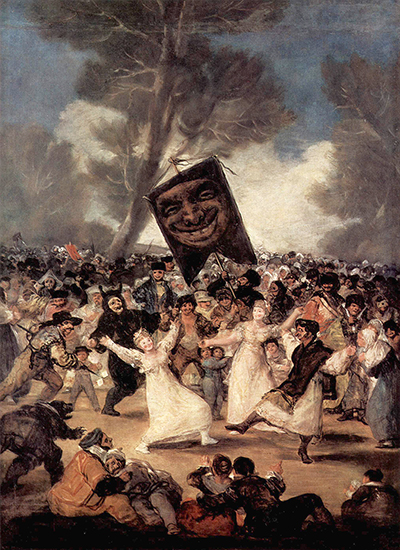
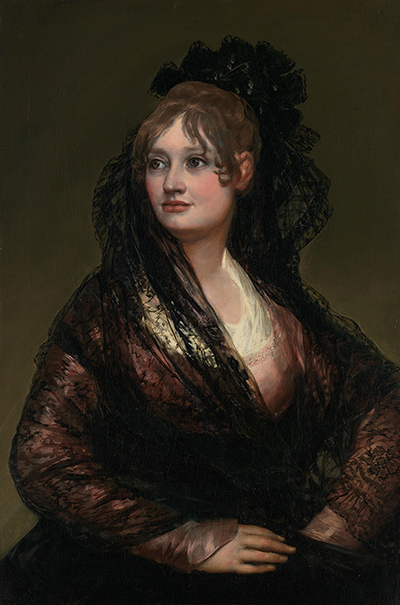
 Francisco de Goya.jpg)
 Francisco de Goya.jpg)
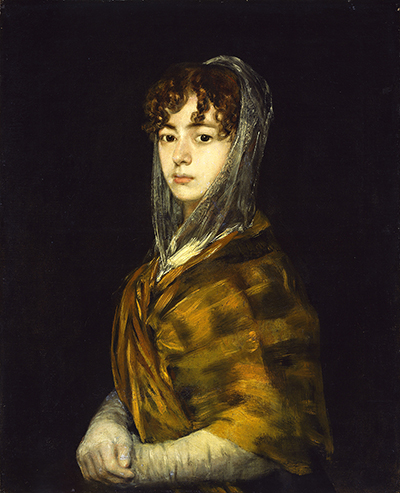
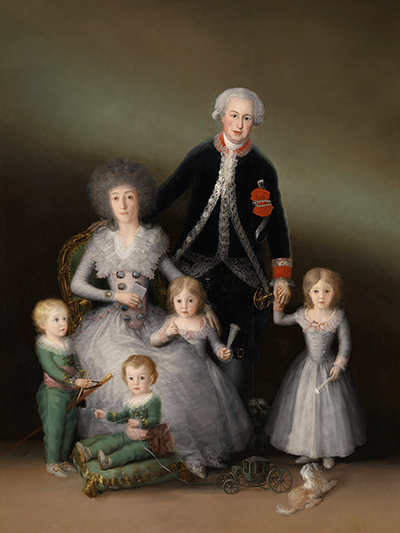
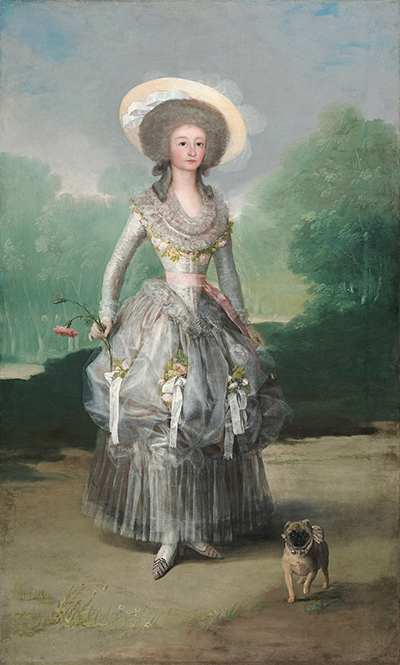
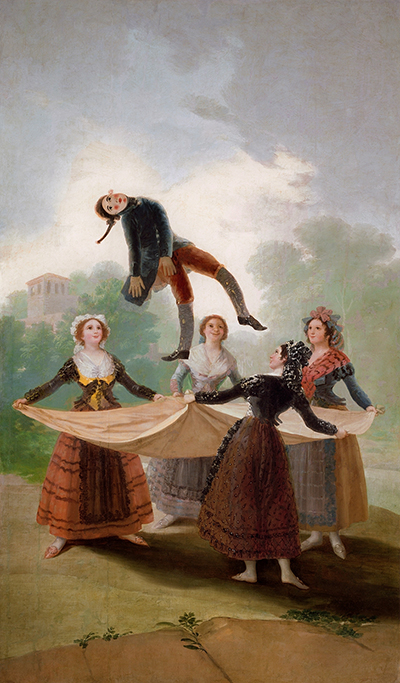
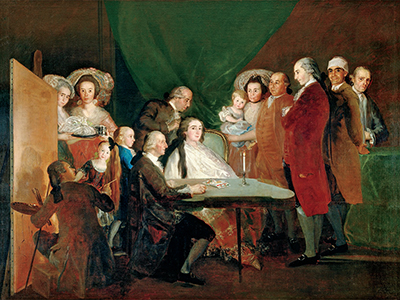
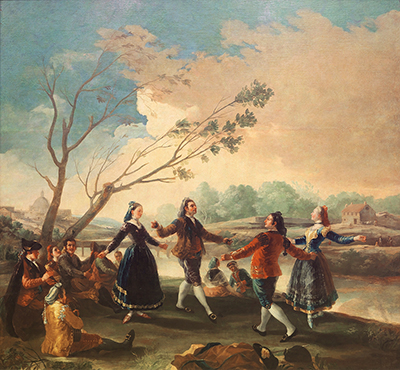
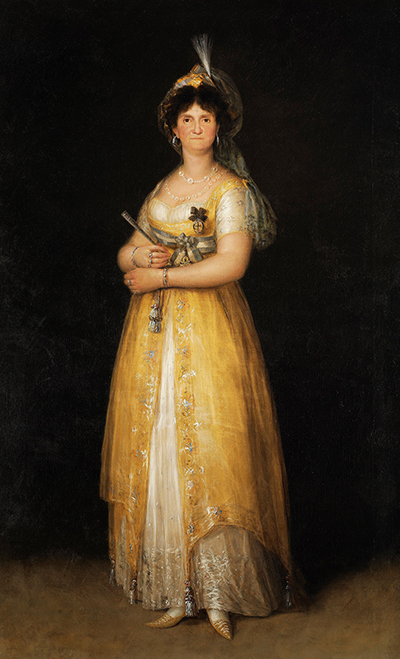
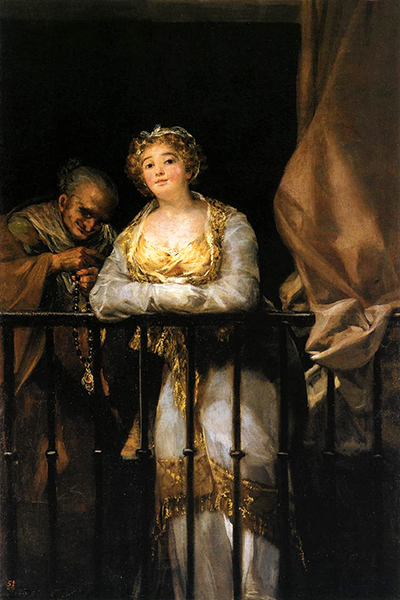
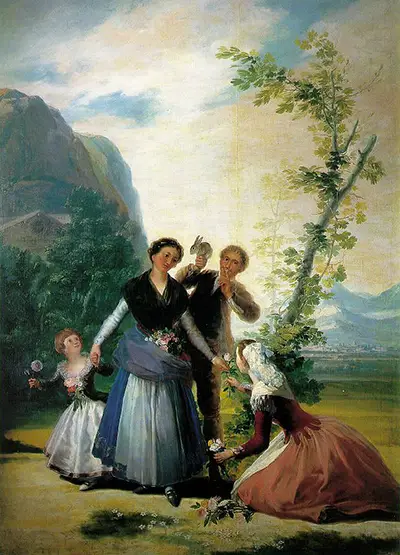
 Francisco de Goya.jpg)
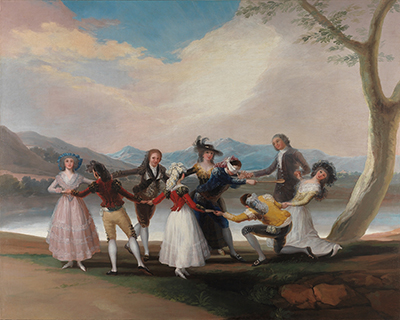
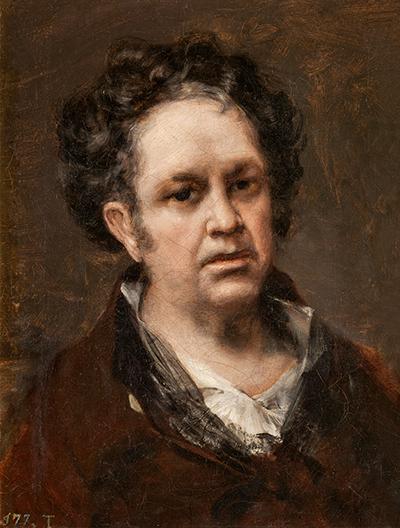
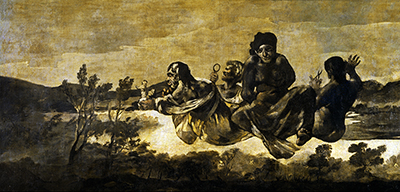
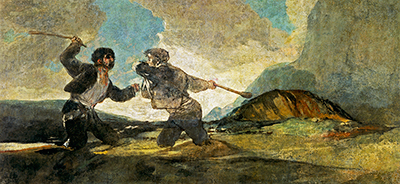
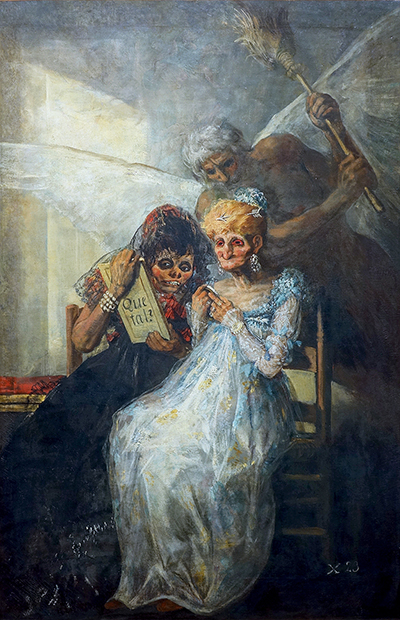

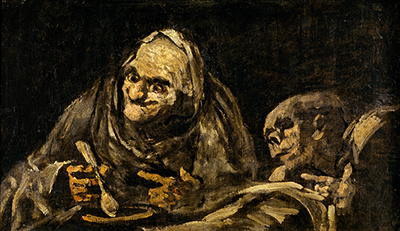
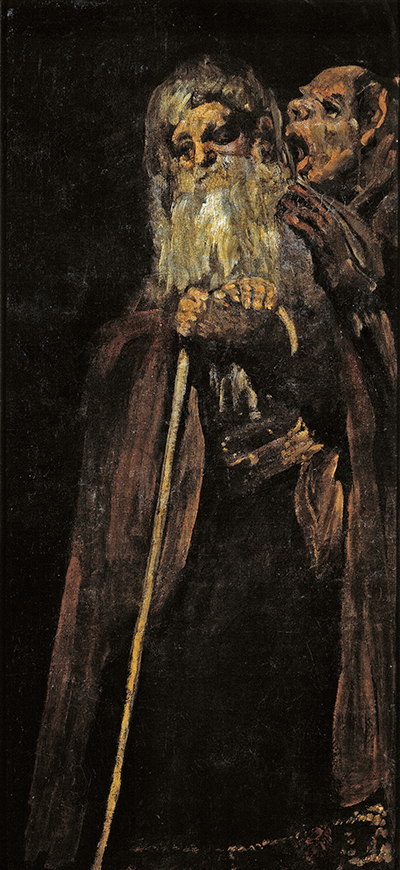
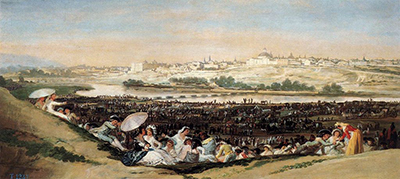
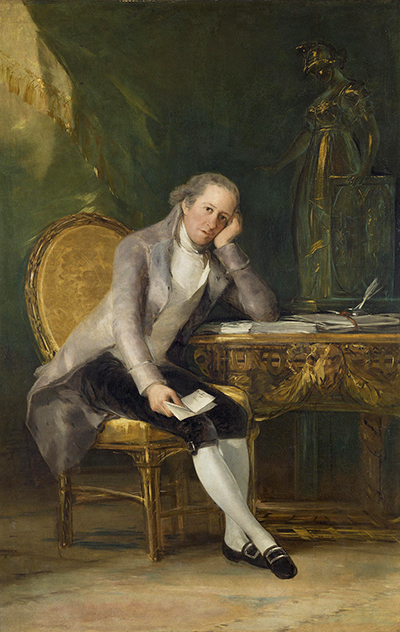
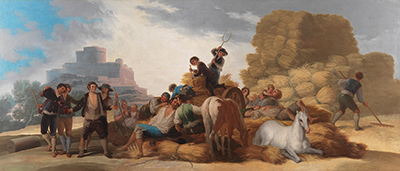
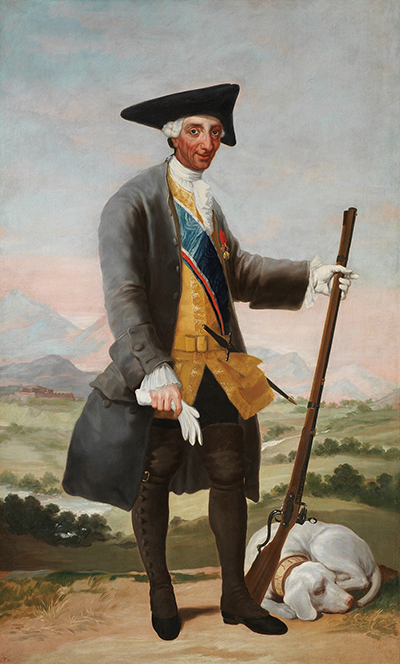

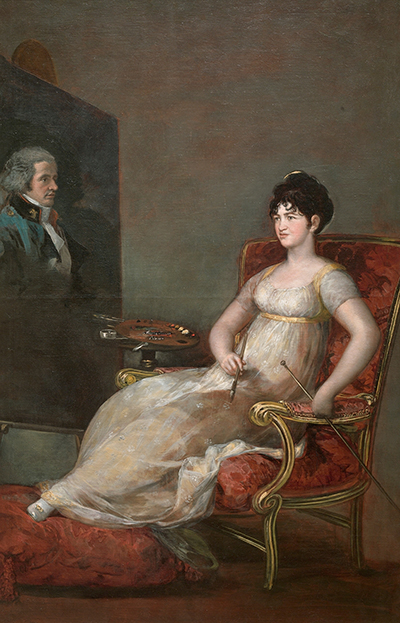
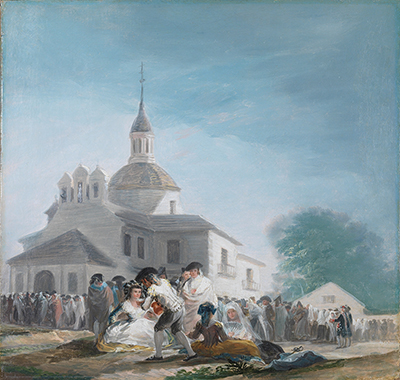
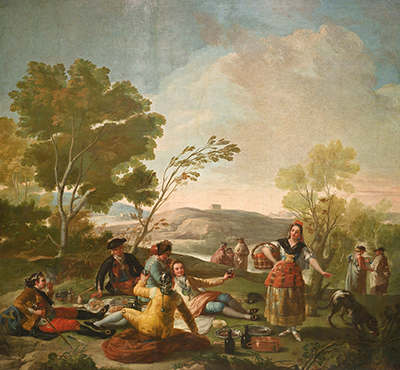
 Francisco de Goya.jpg)
